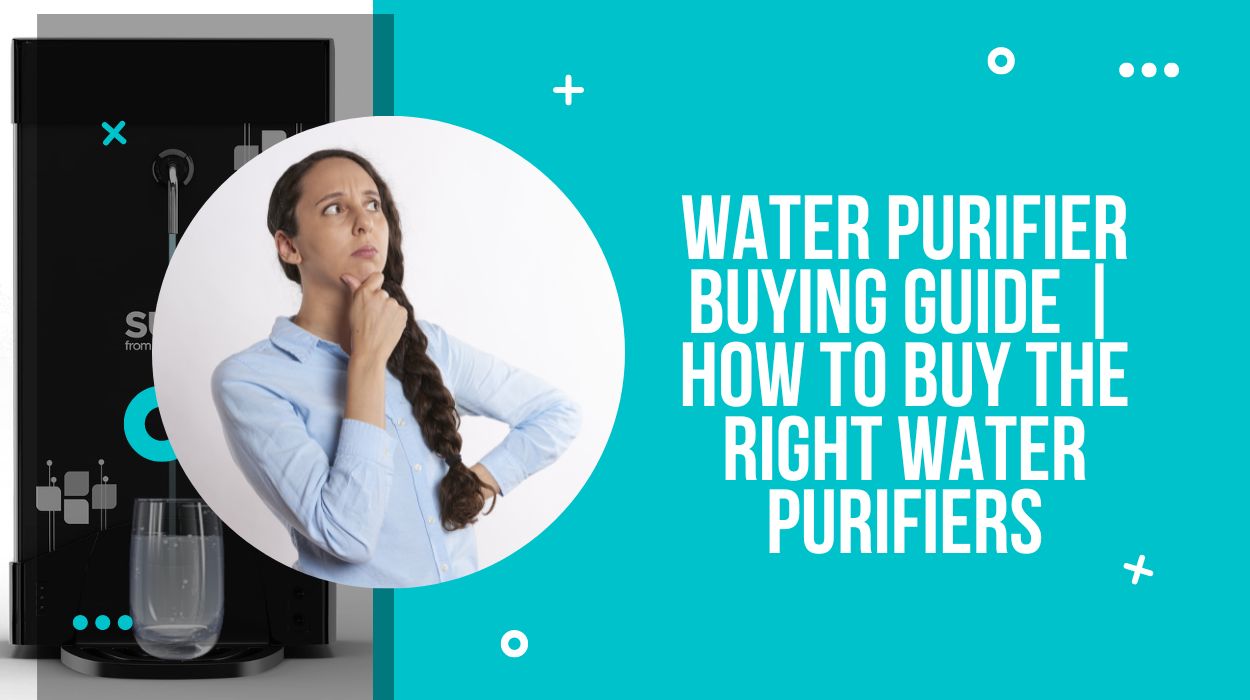The water purifier is an essential household appliance in preserving the health of the family members’ drinking water. However, unfortunately, many illnesses and epidemics may be caused by contaminated water. This purchasing guide will go over some of the essential questions you should ask yourself before choosing a water purifier. In fact, by answering a few basic questions, you may utilize a water purifier selector to select the most appropriate water purifier for your needs based on the kind of water and the degree of pollution in the water.
What to look for in the Best Water Purifier?
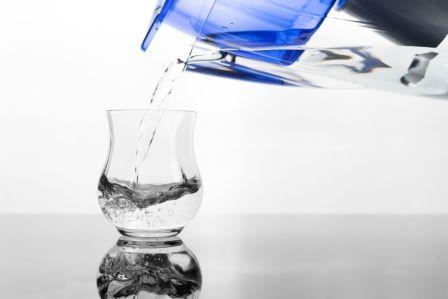
RO, UV, UF, activated carbon water purifiers.
- How do they operate?
- Which kind of cleaner is best suited for hard or soft water.?
With so many choices on the market, customers are frequently perplexed when purchasing the best water purifier for home use. It’s an extensive choice since it affects our families’ health. Do you need a new water filter for your home? Follow these five basic steps:
1. Water Quality Test
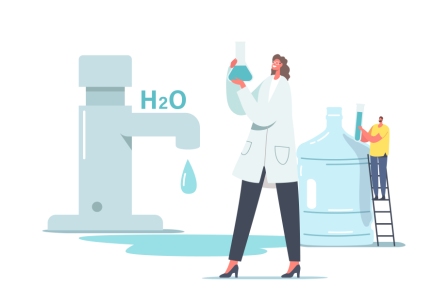
Find your tap water’s source and test it for hardness, salinity, and TDS (Total Dissolved Solids). TDS levels under 500 ppm are safe to drink, while above 1000 ppm are dangerous and unhealthy. A water purifier’s effectiveness depends on how well it can detect contaminants in your water.
- TDS in city water is approximately 200ppm.
- TDS in groundwater is 200-500ppm.
- Borewell water TDS is typically 500ppm.
2. Technology for purification
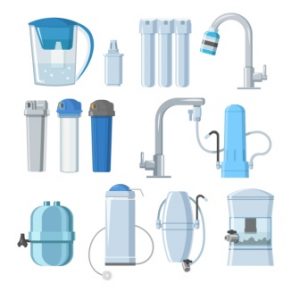
A variety of water purifiers are available, depending on the quality and supply of water. RO (Reverse Osmosis) filtration works best with water that has TDS levels above 500ppm. RO purifies water by removing heavy metals, particles, and minerals using selectively permeable membranes. If TDS is less than 200ppm, UV filtration may remove contaminants while preserving essential minerals. Use a Pureit Mineral RO + UV device for TDS levels between 200-500ppm to replenish vital minerals like calcium and magnesium. View the Pureit water purifier line.
3. Analysis of daily water usage
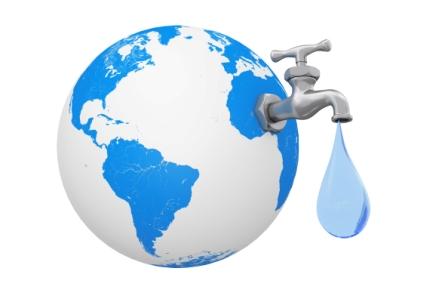
Determine the purifier’s storage capacity. Cleaners with ample water storage perform effectively in areas with frequent power fluctuations.
- We suggest 5-8 liters of storage for 2-4 people.
- 8-10 liters of storage capacity for 4-6 people is suggested.
- It is advised to store 10 liters for groups larger than 6.
4. Safety features
A water purifier with more advanced features and performance will provide you with greater peace of mind. Examples of misuse of filters lead to polluted water. Therefore, changing them after they expire is critical. If the filter is not replaced after 15 days, the Pureit water purifier will automatically turn off.
5. Purity
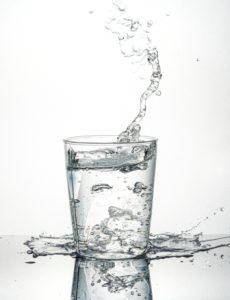
Purification of water requires frequent filter maintenance. Therefore, one should always consider the water purifier’s service response time and total cost. The AMC (Annual Maintenance Fee) is a set cost that most water purifiers incur. However, Pureit water purifiers may save you money on yearly expenses because of their extensive service network.
You can select the finest water purifier for your household by following the above five steps.
11 Factors To Consider Before Buying A Water Purifier
1. What kind of water do you have – hard water or soft water?
Underground water, water extracted from bore wells, and water delivered by tankers are all examples of complex water sources. In addition, fluoride, arsenic, and other heavy metals may be found in complex water sources. On the other hand, water, lakes, rainwater harvesting, and municipal soft water are examples of light water sources.
2. What are the many types of water purifiers – RO, UV, UF?
For hard water RO water purifier may be a good option for your household. However, RO is not necessary when the water is not hard (i.e., soft). If the amount of pollution in the water is significant, a UV water purifier should be considered. However, if the water is complex and the a severe pollution level, you should purchase a RO + UV water filter.
In a nutshell,
- If the water is complex and has a significant pollution level, consider a RO + UV purifier. On the other hand, if the water is challenging and has minimal pollution, a RO purifier may be a good option.
- If the water is soft and has a high or low pollution level, one might consider a UV purifier.
Each kind of water purifier is designed to meet a particular requirement, such as the type of water, whether hard or soft and the amount of pollution in your area’s water. The general guideline is that you must first determine the kind of water available in your region, as well as the degree of pollution, before deciding which sort of water purifier is appropriate. Many Poplar water brands manufacture a mix of different water purifying technologies from which you may choose the most appropriate one for you. We are providing the following list of water purification methods, along with their specifics.
i. RO (Reverse Osmosis) water purifier
An RO water purifier uses a high-pressure pump to drive water through the RO membrane, which results in cleaner water being produced. In addition, RO water purifiers eliminate unseen pollutants such as arsenic and sodium that cause water to become stiff and salty.
ii. Water purifier using ultraviolet light (UVW)
UV water purifiers utilize ultraviolet radiation to deactivate bacteria, which may cause water-borne illnesses such as diarrhea and vomiting. Therefore, using a UV water purifier does not assist in producing soft water from hard water; instead, it attempts to destroy bacteria and diseases.
iii. UF (ultrafiltration) water purifier
The hollow fiber membrane of the UF water filter is used. Saturated fiber membranes trap suspended particles and other pollutants that flow through the water as it travels through them. There is no evidence that UF is capable of killing diseases or bacteria. However, it is appropriate for drinking water from public sources since dissolved salts are extremely low. If used in conjunction with other water purification methods, ultrafiltration (UF) is effective. UF operates without the need for power and the use of any chemicals.
iv. Water purifier with activated carbon
Pesticides and herbicides are absorbed by an activated carbon water filter, which is composed of charcoal granules. The Activated Carbon water filter does not need the power to operate. A carbon water filter works by eliminating chlorine from water as it passes through carbon granules. It also enhances the taste of water and eliminates unpleasant odors.
v. Alkaline water purifiers
According to standard practice, the PH (Potential of Hydrogen – the quantity of hydrogen contained in water) of water is between 1 and 14. PH values less than seven are considered acidic, PH values more than seven are considered alkaline, and PH values equal to or greater than seven are considered neutral. The alkaline water purifier may decompose hydrogen and oxygen ions by sending an electric current through the water, which is what the electrolysis process is all about!
Alkaline water is made up of tiny hydrogen clusters readily digested by the human body and helps keep the body hydrated more effectively overall. In addition, alkaline water neutralizes the acid in the human body, resulting in a more muscular metabolic system, a slower aging process, a reduction in allergic responses, the formation of healthy bones, and, most importantly, an increase in the amount of oxygen in your blood.
3. Which water filter should I use for hard water?
The most widespread misconception regarding hard water is that it is unsafe to drink, poses a health risk, and has adverse effects on human internal organs. According to the NRC, the National Research Council (National Research Council, United States) has discovered that hard water may be used as a dietary supplement for calcium and magnesium. According to the World Health Organization (WHO), there is no evidence, no proof, that hard water poses a threat to human health. The following question is whether or not we need a water filter to treat hard water. Not. While using a RO water purifier will enhance the taste, smell, color, and atheistic properties of water, it will not do much more than that.
4. When should you choose RO-based water purifiers?
The usage of a RO water purifier should be limited to situations where dissolved solids such as fluoride, arsenic, and lead are present and pose a significant threat to human health. The most accurate method to test your drinking water is in a laboratory. Google the phrase “water testing laboratories in + your city name” to find the closest labs to your location. Examples include Whaters.com, a well-known water testing facility in Mumbai and others. Depending on the water testing results, if the water contains fluoride, arsenic, or lead in concentrations more than the recommended limit, you will need to invest in a RO water filter.
5. When should you use ultraviolet (UV) water purifiers?
If the water includes bacteria, viruses, and other pathogens that may cause water-related illnesses, you should use a UV water purifier instead. Consider a RO + UV water purifier if the water includes dissolved solids such as arsenic, fluoride, or lead, as well as pollutants such as germs and viruses.
6. When is it OK to use gravity-based water purifiers?
In the event of the following situations
- For RO and UV water purifiers, you should consider other options, such as flowing water, optimal water pressure, and power.
- Consider renting space if you move from place to place regularly and don’t have time to have a professional install a water filter.
- You have a budget of 4000 rupees, which is the essential thing to remember.
- Suppose you fall into the category above and have hard water at home. In that case, it is preferable to purchase soft water from outside and filter it using a gravity-based water purifier that uses UF, Activated Carbon, or other similar technology.
7. When it comes to RO and UV, the choice is clear.
A reverse osmosis water purifier (RO water purifier) uses the pressure of the water to force water through a semipermeable RO membrane. DURING this procedure, pollutants and dissolved solids are removed from the RO membrane and disposed of properly. Water purification using a RO system is efficient in converting hard water with a high TDS level to pleasant, soft water. However, RO is not very efficient against the bacteria that cause water-borne illnesses.
The UV water purifier makes use of ultraviolet (UV) radiation. During the passage of water through the UV light source tube, the germs and bacteria present in the water are rendered inactive by the UV rays. Therefore, ultraviolet light (UV) is considerably more efficient in removing pollutants like germs and viruses, but it is not as good for removing TDS.
8. Installation of a water filter is a viable option.
Suppose you want to install a water purifier. In that case, you’ll need a wall-mounted water purifier and an electrical and water supply connection with water supply and adequate pressure, to get started.
9. Calculation of the budget
A basic RO or UV water purifier price begins at Rs 6,000 and may go up to Rs 20,000. However, if your budget is limited, a chemical-based gravity water filter may be a good option. Pureit is the most outstanding illustration of this. They will do well in the specific task at hand. However, if the water in your house is hard, you will not utilize a gravity-based filter. One option is to purchase soft water from a nearby source and use a gravity-based water filter.
10. Traveling with a water purifier is a good idea.
Finding filtered water or a mineral water bottle is usually a challenge when travelling, hiking, or camping. One option is to boil the water to solve this problem, but this is a time-consuming and challenging procedure to complete. An alternate option is to bring a water filter that has been developed explicitly for travelling. These are compact and lightweight, making them ideal for travel. There are several different kinds of water purifiers available for travel. For example, the UV hand-carried water purifier is approximately the size of a pen and destroys bacteria and viruses that cause water-related illness. Another kind of model is the bottle, which store unpurified water and from which you may squeeze pure water.
11. Water Purifier for the Bathroom Sink
The only thing that distinguishes an Undersink water purifier is the location where it is installed. As implied by the name, this water purifier is installed underneath or beneath the sink. The sole purpose of installing beneath the sink is to maximize available kitchen space while maintaining a warm and inviting kitchen atmosphere. Therefore, besides the RO, UV, and UF filters often included in conventional wall-mounted water purifiers, under sink water purifiers also have an Activated Carbon and Sediment filter.

